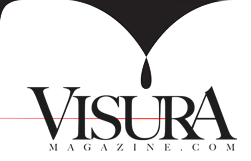Puerto Rican curator Adriana Teresa reflects on the meaning of being Puerto Rican, and challenges the questions of who is Puerto Rican, what makes us Puerto Rican and why we identify as Puerto Rican?
Dia means across, through or apart—in Greek—a metaphor for the emotional agility needed to navigate the churning undercurrents of Puerto Rican identity. Seeking to transcend boundaries of location, language, and time—this group depicts Puerto Rican life and culture in New York during the rapidly changing decades between the 1960s and 1980s.
This era saw New York’s Puerto Rican community grow in numbers as it confronted daunting social and economic problems. Neighborhoods were abandoned and torched, leaders arose from the streets and churches and communities were remade. Flush with the pride and excitement of a home-grown cultural revolution, art and music were found as easily on the street as in the concert hall or museum. Even in this turbulent social era, new artistic alliances were forged between downtown hotshots and Boogie Down homeboys in places whose futures seemed buried in rubble.
The chronicle of this Puerto Rican community in New York also depicted as Nuyorican—a term whose derogatory intent was turned on its head—was compiled from the archives of seven Puerto Rican men and one woman, who each stood behind the lens to document every day life in their communities in New York.
The 2011 FotoVisura Pavilion





